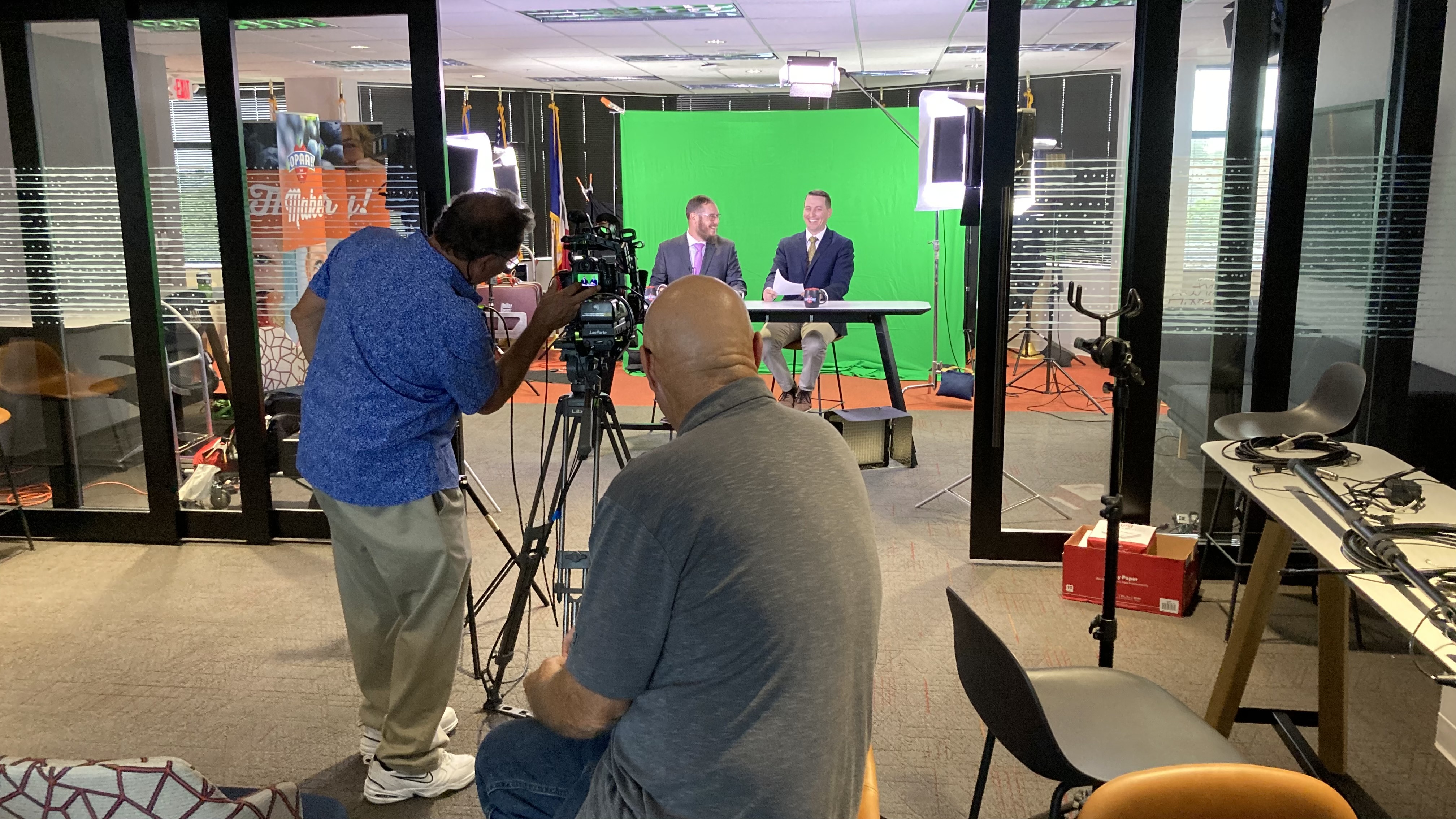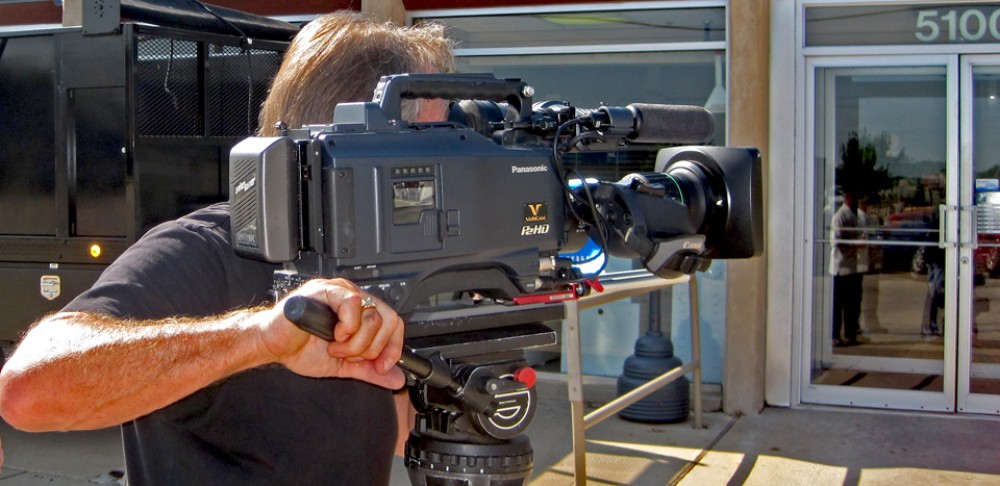In the world of video production, a camera crew plays a pivotal role in bringing creative visions to life. Whether you’re a filmmaker, business owner, or content creator, understanding the ins and outs of a camera crew’s role can significantly enhance your video production process. In this comprehensive guide, we will delve into the intricacies of what a camera crew is, what they do, and how they contribute to the creation of memorable videos.
Table of Contents
- Introduction
- Roles and Responsibilities
- 2.1. Director of Photography (DP)
- 2.2. Camera Operator
- 2.3. Camera Assistant
- 2.4. Gaffer
- 2.5. Grip
- Equipment and Gear
- 3.1. Cameras
- 3.2. Lenses
- 3.3. Lighting
- 3.4. Audio
- The Creative Process
- Challenges Faced by Camera Crews
- Full-Service Commercial Video Production
- Conclusion
1. Introduction
A camera crew is a team of skilled professionals responsible for capturing moving images, whether for film, television, commercials, or other forms of visual media. These individuals work in harmony to ensure that every frame is captured with precision, artistry, and technical expertise.








2. Roles and Responsibilities
A typical camera crew comprises several key roles, each with distinct responsibilities. Let’s take a closer look at these roles:
2.1. Director of Photography (DP)
The Director of Photography, often referred to as the DP or cinematographer, is the creative mastermind behind the camera crew. They work closely with the director to translate the visual elements of the script into captivating imagery. Responsibilities of the DP include:
- Choosing the camera and lenses that best suit the project’s aesthetic.
- Determining the composition, framing, and camera movements for each shot.
- Collaborating with the lighting department to achieve the desired mood and atmosphere.
- Overseeing the camera crew and ensuring the technical quality of the footage.
2.2. Camera Operator
The camera operator is the person physically operating the camera during a shoot. They are responsible for executing the DP’s vision by framing shots, adjusting focus, and operating the camera smoothly. Key duties of a camera operator include:
- Maintaining a steady hand and a keen eye for framing and composition.
- Adjusting camera settings, such as aperture, shutter speed, and ISO, as needed.
- Collaborating closely with the DP to achieve the desired visual style.
- Ensuring the camera is in optimal working condition throughout the shoot.
2.3. Camera Assistant
Also known as the 1st Assistant Camera (1st AC) or focus puller, the camera assistant plays a critical role in ensuring that shots are in focus and camera equipment is well-maintained. Their responsibilities include:
- Pulling focus during shots to keep subjects sharp and clear.
- Monitoring and maintaining camera equipment, including lenses and accessories.
- Assisting with camera setup and breakdown.
- Managing the loading and unloading of film or digital media.
2.4. Gaffer
The gaffer is the head of the lighting department and is responsible for creating and controlling the lighting on set. Their duties include:
- Collaborating with the DP to design and execute the lighting plan.
- Operating lighting equipment, such as lamps, fixtures, and grip equipment.
- Adjusting lighting to achieve the desired mood and ambiance for each scene.
- Managing the electrical aspects of lighting setups.
2.5. Grip
Grips are the unsung heroes of the camera crew, responsible for handling and rigging various equipment to support the camera and lighting departments. Grip duties include:
- Setting up and adjusting camera support systems, such as dollies, cranes, and tripods.
- Rigging and positioning lighting fixtures.
- Ensuring the safety of equipment and personnel on set.
- Assisting with the movement and transportation of equipment.
3. Equipment and Gear
A camera crew relies on a range of specialized equipment and gear to capture high-quality footage. Let’s explore some of the essential items commonly used in video production:
3.1. Cameras
The choice of camera can greatly impact the visual style of a project. Camera crews work with various types of cameras, including digital cinema cameras, DSLRs, and mirrorless cameras. Each camera has unique features and capabilities, making it suitable for different scenarios.
3.2. Lenses
Lenses are a crucial aspect of cinematography, as they determine the depth of field, focal length, and overall look of a shot. Camera crews often have a selection of lenses to choose from, ranging from wide-angle to telephoto, prime to zoom.
3.3. Lighting
Proper lighting is essential for achieving the desired look and atmosphere in a video. Lighting equipment includes various types of lights, diffusers, reflectors, and modifiers. The gaffer and their team work together to set up and control the lighting on set.
3.4. Audio
While audio production typically involves a separate department, the camera crew must also consider sound capture during the shoot. This may involve using shotgun microphones, lavalier microphones, and audio recorders to ensure high-quality sound.
4. The Creative Process
The collaboration between the camera crew and the creative team is at the heart of successful video production. Here’s how the creative process typically unfolds:
- Pre-Production: During this phase, the DP and camera crew work with the director and production team to plan the visual elements of the project. This includes choosing the right equipment, scouting locations, and creating shot lists.
- Production: Once on set, the camera crew executes the plan established during pre-production. The DP works closely with the camera operator and assistant to capture each shot according to the script and director’s vision.
- Post-Production: After the footage is captured, the camera crew’s role continues as they collaborate with the editing team. They provide input on color correction, visual effects, and other post-production processes to ensure the final product aligns with the intended look.
- Feedback and Revisions: Throughout the creative process, the camera crew remains open to feedback and revisions. They work closely with the director and producers to make adjustments as needed to achieve the desired result.
5. Challenges Faced by Camera Crews
Working as a camera crew can be rewarding, but it also comes with its fair share of challenges. These challenges include:
- Technical Precision: Camera crews must be highly skilled to ensure that shots are in focus, well-composed, and properly exposed.
- Adaptability: Every project is unique, and camera crews must be adaptable to different shooting conditions, equipment, and creative visions.
- Long Hours: Shoots often involve long hours, especially in outdoor locations or when tight deadlines are involved.
- Communication: Effective communication is essential, as camera crews must understand and execute the director’s vision.
6. Full-Service Commercial Video Production
At St. Louis Camera Crew, we pride ourselves on being a full-service commercial video production company with extensive experience and state-of-the-art equipment. Our team of skilled professionals excels in all aspects of camera crew work, from pre-production planning to post-production collaboration.
What Sets Us Apart:
- Extensive Equipment: We boast a wide range of high-quality cameras, lenses, lighting equipment, and audio gear to meet the specific needs of each project.
- Broad Crew Experience: Our crew members are seasoned professionals who have worked on a diverse array of projects, from corporate videos to documentaries and commercials.
- Full-Service Studio and Location Production: Whether you need a controlled studio environment or on-location shooting, we have the expertise and equipment to deliver exceptional results.
- Personal Brand Identity: We understand the importance of creating videos that align with your brand identity. We offer customization options and ensure that your videos are optimized for various media platforms with proper SEO.
- Media Expertise: Our team is well-versed in handling all file types and styles of media, ensuring that your final product is of the highest quality and meets industry standards.
7. Conclusion
In conclusion, a camera crew is a crucial component of any video production, responsible for bringing creative visions to life. The roles within a camera crew, including the Director of Photography, camera operator, camera assistant, gaffer, and grip, each play a vital part in capturing compelling footage.
At St. Louis Camera Crew, we have the experience, equipment, and expertise to meet all your video production and crewing needs. Whether you require full-service studio production or on-location shooting, we are here to help you create memorable videos that get results. Contact us today to discuss your project and discover how we can bring your vision to life.
